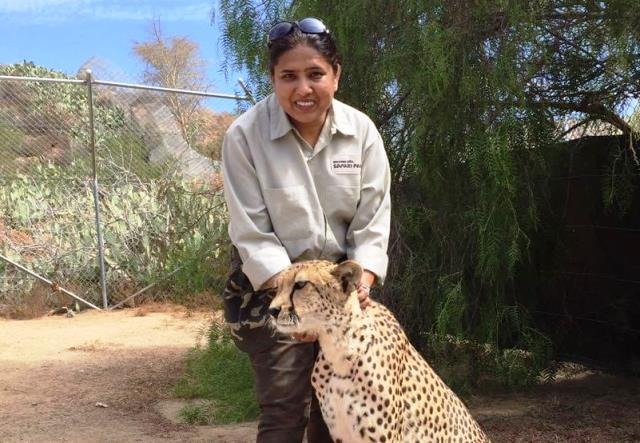TH Khan, an environmental activist and wildlife expert from Pilibhit (UP), says Govt of India has done a commendable job by reintroducing Cheetah to Indian wildlife
Cheetahs became extinct in the early 1950s and the major reason was big-game hunting. Efforts were made since then for their rehabilitation but it is only now that we have been able to bring them to Indian forests. There are many examples of successful rehabilitation of wildlife animals in their natural habitats but rehabilitation of Cheetahs is a tricky business and their release could be termed merely as one step forward.
Although it’s not going to be a cake walk to resettle Cheetah I am confident that the cutting-edge technology will assist our wildlife officials to make this endeavour a roaring success. Rehabilitation process in this case is a complex one as it involves a carnivorous species from a different continent. Such broad and complicated rehabilitation requires a perfect harmony between the two habitats and the similarity of environments from where it is imported to where it is being shifted.
Kuno National Park was chosen for the release of cheetahs after a detailed study by experts and this is the world’s first inter-continental large carnivore translocation project as eight African Cheetahs — five females and three males, aged between two and six years, have been brought to India from Namibia. Besides adding to the bio-diversity of Kuno, the Cheetahs will also add boost tourism and generate income for the locals.
Besides providing the Cheetahs with their required natural habitat, their availability and selection were also a challenge. Initially, there was suspense over the genetic difference between the African and the Asian Cheetahs. When it became clear after an intense study that their rehabilitation is possible, the Supreme Court gave its assent to bring the Cheetahs from Namibia.
ALSO READ: ‘Cheetahs Are Welcome, But Real Challenge Begins Now’
Cheetah is listed as a vulnerable species by the World Conservation Union (IUCN) Red List of Threatened Species. Two subspecies, the Asiatic Cheetah and the Northwest African Cheetah are listed as critically endangered. It is therefore very important that potential threats to our Cheetahs at release sites are mitigated. A habitat suitability study should be conducted at each site to ensure there is sufficient vegetation to support viable prey populations to sustain the re-introduced Cheetahs for a long period.
This project is the beginning of a new era of active wildlife management in the direction of ecological rehabilitation because it explores new avenues for carnivorous species amid diminishing grasslands.
Other successful wildlife rehabilitation in India includes alligators in the Chambal and Gerua rivers, single-horned rhinoceros in Dudhwa National Park and Pabitora Sanctuary, and the wild buffalo in the Chhattisgarh forest regions.
One thing that this step surely exhibits is: India’s commitment to the preservation and promotion of biodiversity. We have successfully completed 50 years of Project Tiger and 30 years of Project Elephant. With the multi-dimensional success of these two projects, two other projects, for lion and dolphin, are also being carried out at a commendable pace. Reintroducing Cheetahs is a logical link to this chain of projects.
As told to Rajat Rai

